Table of Contents
- Introduction: Ground Cinnamon vs Cinnamon Powder
- Ground Cinnamon vs Cinnamon Powder: Are They the Same?
- Visual Differences Between Ground Cinnamon and Cinnamon Powder
- Flavor Profile Differences: Ceylon vs Cassia
- When to Use Which? Practical Tips for Your Kitchen
- Buying Guide: How to Choose the Right Cinnamon
- Storage Smarts: Keep Your Cinnamon Fresh
- Common Myths Debunked
- Frequently Asked Questions
- Conclusion: No More Cinnamon Confusion!
Introduction: Ground Cinnamon vs Cinnamon Powder
Ground cinnamon and cinnamon powder are essentially the same thing — both refer to cinnamon that has been ground into a powder. However, the confusion often comes from the fact that 'cinnamon powder' can refer to different types of cinnamon (Ceylon vs. Cassia), while 'ground cinnamon' usually refers to the standard cassia cinnamon sold in most US stores. In this guide, we'll clarify the differences between ground cinnamon and cinnamon powder, so you can choose the right type for your recipes.
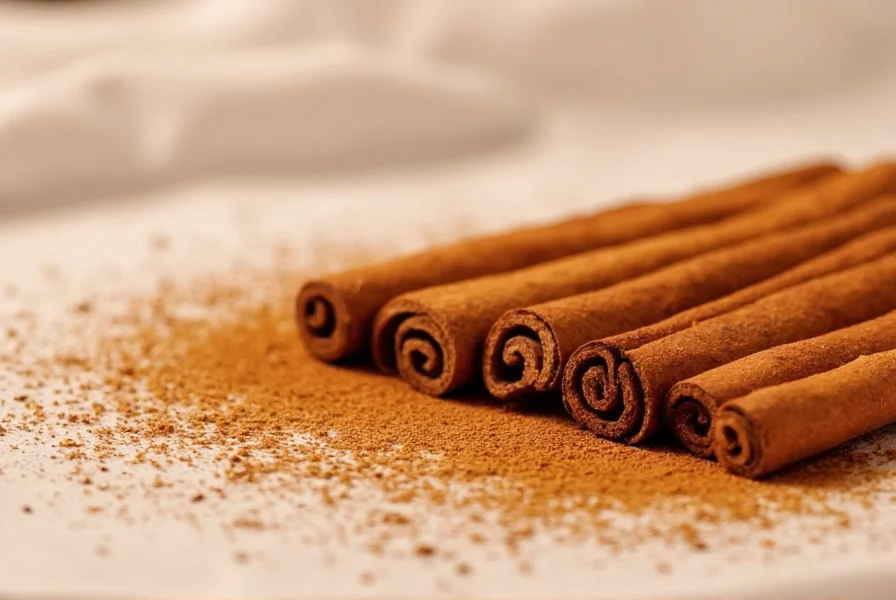
Understanding the difference between ground cinnamon and cinnamon powder is crucial for achieving the perfect flavor in your dishes. Whether you're baking, cooking, or making beverages, knowing which type to use can make all the difference.
Ground Cinnamon vs Cinnamon Powder: Are They the Same?
The confusion often starts with the language itself. Are these two products different, or just labeled differently by manufacturers?
| Term | Definition | Typical Use |
|---|---|---|
| Ground Cinnamon | Cinnamon bark that has been dried and finely ground into a powder. | Baking, beverages, desserts, and spiced drinks. |
| Cinnamon Powder | A broader term that can refer to either true cinnamon (Ceylon) or cassia (Chinese cinnamon), also ground into powder. | Cooking, savory dishes, marinades, and rubs. |
Visual Differences Between Ground Cinnamon and Cinnamon Powder
While both appear similar to the naked eye, there are subtle visual clues that help distinguish them:
- Texture: Ground cinnamon may be slightly coarser depending on the brand and processing method.
- Color: True cinnamon (Ceylon) powder tends to be lighter brown, while cassia-based cinnamon powder is darker reddish-brown.
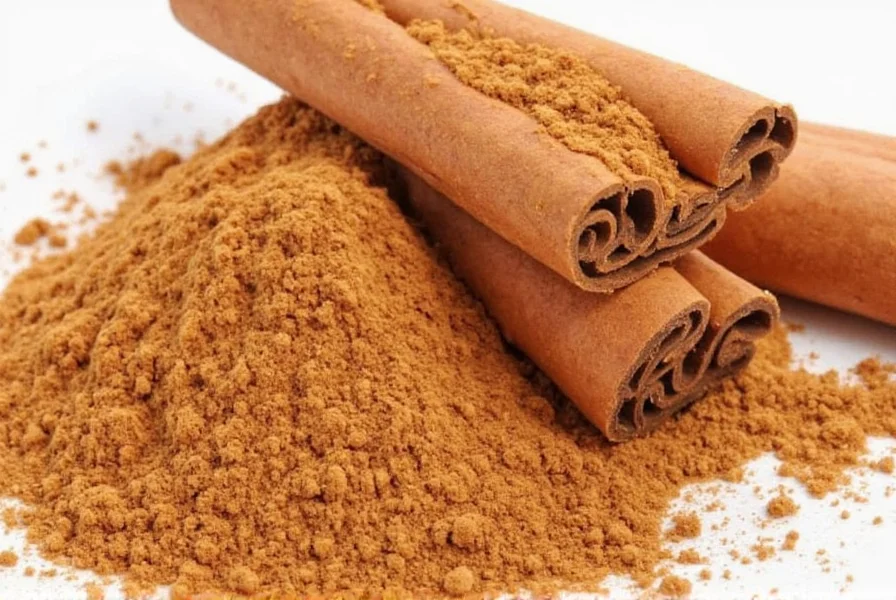
Flavor Profile Differences: Ceylon vs Cassia
The real difference lies in flavor characteristics. Most "ground cinnamon" in US supermarkets is actually cassia cinnamon, while "Ceylon cinnamon" is often labeled specifically as "true cinnamon" or "Ceylon cinnamon".
| Type | Flavor Notes | Sweetness Level | Bitterness |
|---|---|---|---|
| True Cinnamon (Ceylon) | Mild, sweet, woody | High | Low |
| Cassia (Most Common in US) | Strong, spicy, slightly bitter | Medium | Higher |
When to Use Which? Practical Tips for Your Kitchen
Here's a quick guide to help you choose between ground cinnamon and cinnamon powder based on what you're making:
- Pumpkin Pie: Use Ceylon-style ground cinnamon for a sweeter, more delicate finish.
- Chili or Curry: Go for cassia-based cinnamon powder for bold warmth and depth.
- Hot Cocoa: Mix a pinch of ground cinnamon for a cozy kick — Ceylon works best for sweeter applications.
- Marinades: Cassia adds depth to meat rubs and BBQ sauces due to its stronger flavor.
- Oatmeal: Either works — but try blending both for complexity in flavor.
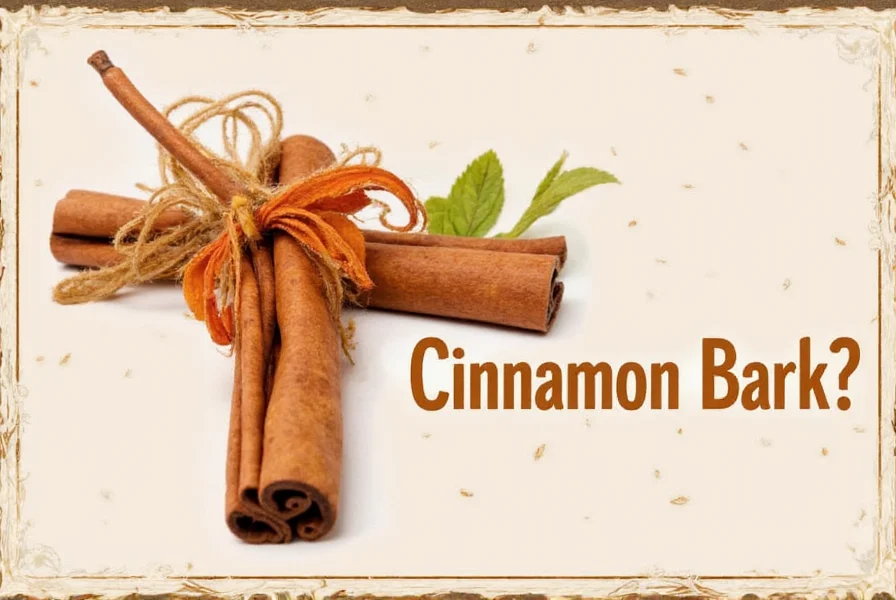
Buying Guide: How to Choose the Right Cinnamon
Not all cinnamon is created equal. Here's how to pick the best version for your needs:
| Brand | Type | Flavor Intensity | Best For |
|---|---|---|---|
| McCormick Ground Cinnamon | Cassia | Strong | Everyday cooking and baking |
| Frontier Co-op Ceylon Cinnamon Powder | True Cinnamon | Mellow & Sweet | Fine baking and dessert work |
| Native Forest Organic Cinnamon | Certified Organic | Moderate | Health-conscious users |
Storage Smarts: Keep Your Cinnamon Fresh
Cinnamon loses potency over time. To preserve its fragrance and flavor:
- Store in an airtight container away from heat and direct sunlight.
- Use within 6–12 months for maximum impact.
- For Ceylon cinnamon, consider refrigeration for longer freshness.
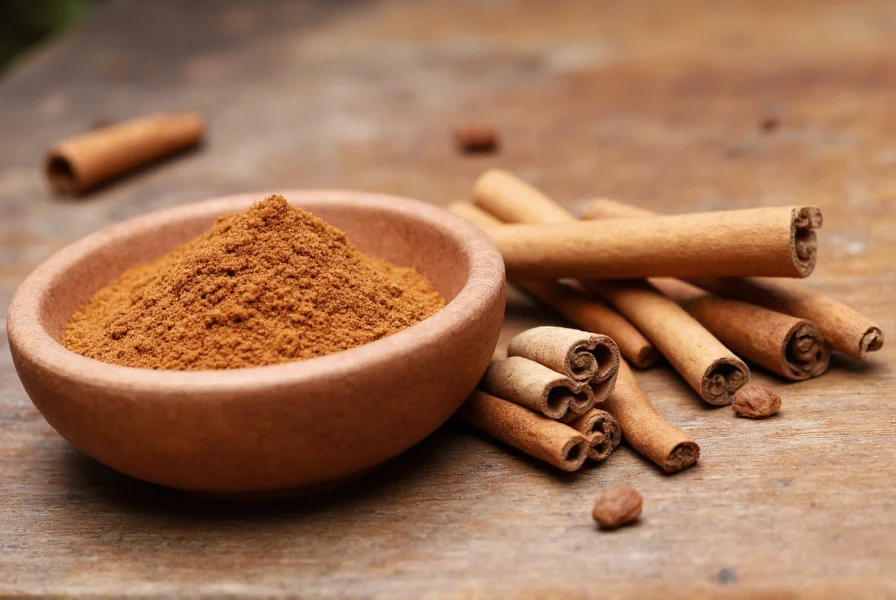
Common Myths Debunked
Let's separate fact from fiction:
- Myth: All cinnamon powders are made from Ceylon.
- Reality: Most U.S. stores sell cassia-based cinnamon labeled as "ground cinnamon".
- Myth: Ground cinnamon dissolves better than sticks.
- Reality: It disperses more easily but doesn't truly dissolve — it's still a powder.
- Myth: You can substitute cinnamon sticks 1:1 with powder.
- Reality: Use about ½ tsp powder per 1 inch of cinnamon stick called for in a recipe.
Frequently Asked Questions
Is ground cinnamon the same as cinnamon powder?
Yes, technically ground cinnamon and cinnamon powder refer to the same product — cinnamon that has been dried and ground into a fine powder. The confusion often comes from regional naming differences and the fact that "cinnamon powder" can sometimes refer to different cinnamon varieties (Ceylon vs. Cassia), while "ground cinnamon" typically refers to cassia cinnamon in the US market.
What's the difference between Ceylon cinnamon and cassia cinnamon?
Ceylon cinnamon (often labeled as "true cinnamon") is milder, sweeter, and more delicate in flavor, with a lighter brown color. Cassia cinnamon (the more common type in the US) is stronger, spicier, and slightly more bitter, with a darker reddish-brown color. Most "ground cinnamon" in US supermarkets is actually cassia.
Can I substitute ground cinnamon for cinnamon sticks?
Yes, but not on a 1:1 basis. As a general rule, use ½ teaspoon of ground cinnamon for every 1 inch of cinnamon stick called for in a recipe. Keep in mind that ground cinnamon disperses flavor more quickly, while sticks provide a more subtle, infused flavor.
Is one type of cinnamon healthier than the other?
Ceylon cinnamon contains significantly less coumarin (a compound that can be harmful in large quantities) than cassia cinnamon. If you consume cinnamon regularly or in large amounts, Ceylon may be the healthier choice. However, both types offer similar antioxidant benefits.
Why does my cinnamon taste bitter sometimes?
Bitterness often comes from using too much cassia cinnamon, which naturally has more bitter notes than Ceylon. It can also happen if cinnamon is added to high-heat cooking for too long, causing it to burn. Try using less or switching to Ceylon for sweeter applications.
Conclusion: No More Cinnamon Confusion!
So, is ground cinnamon the same as cinnamon powder? Technically yes — but practically, it depends on the source. Understanding the differences between Ceylon and cassia cinnamon helps you cook smarter and eat tastier. Whether you're sprinkling some into your coffee or adding it to a slow-cooked curry, now you know which version to reach for.
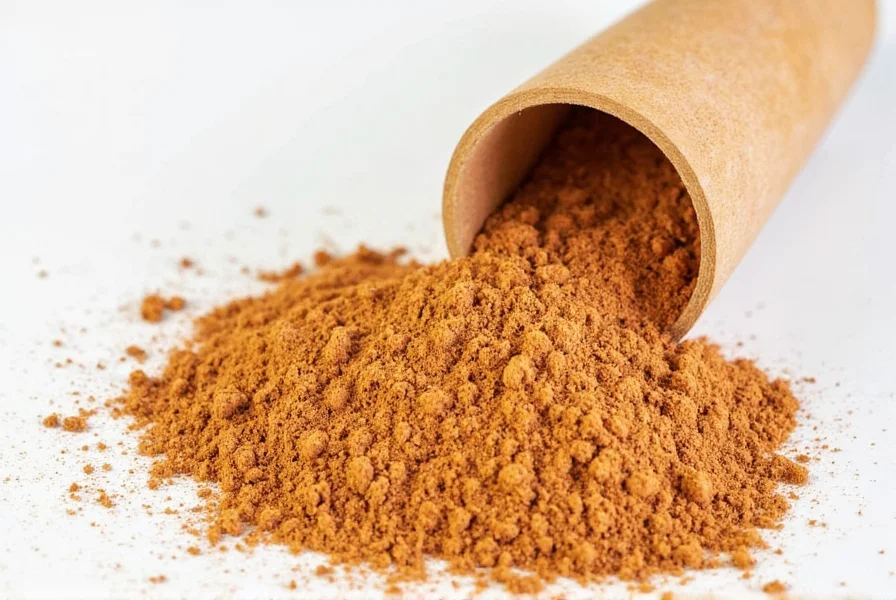
Happy spicing!

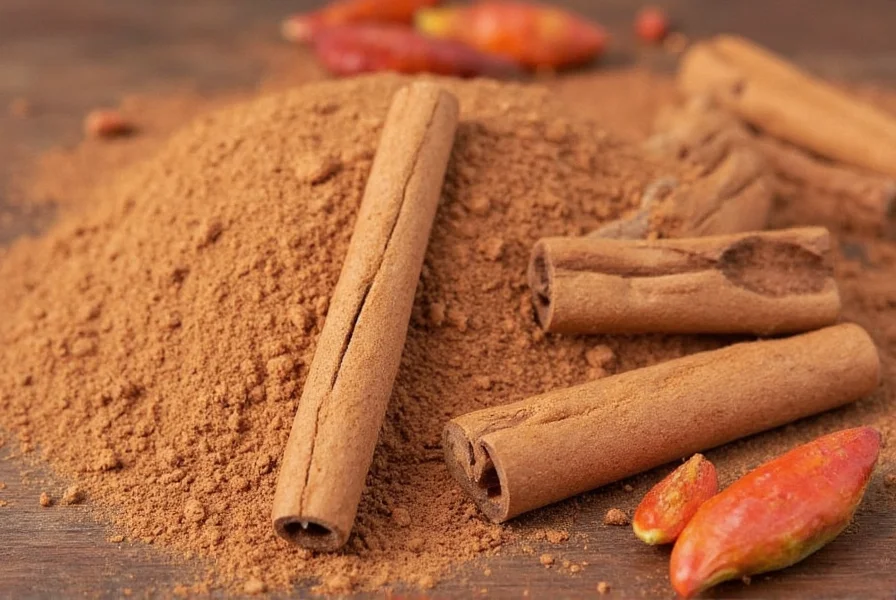









 浙公网安备
33010002000092号
浙公网安备
33010002000092号 浙B2-20120091-4
浙B2-20120091-4